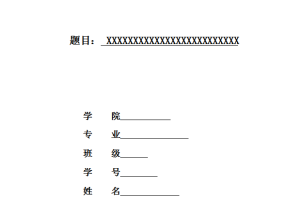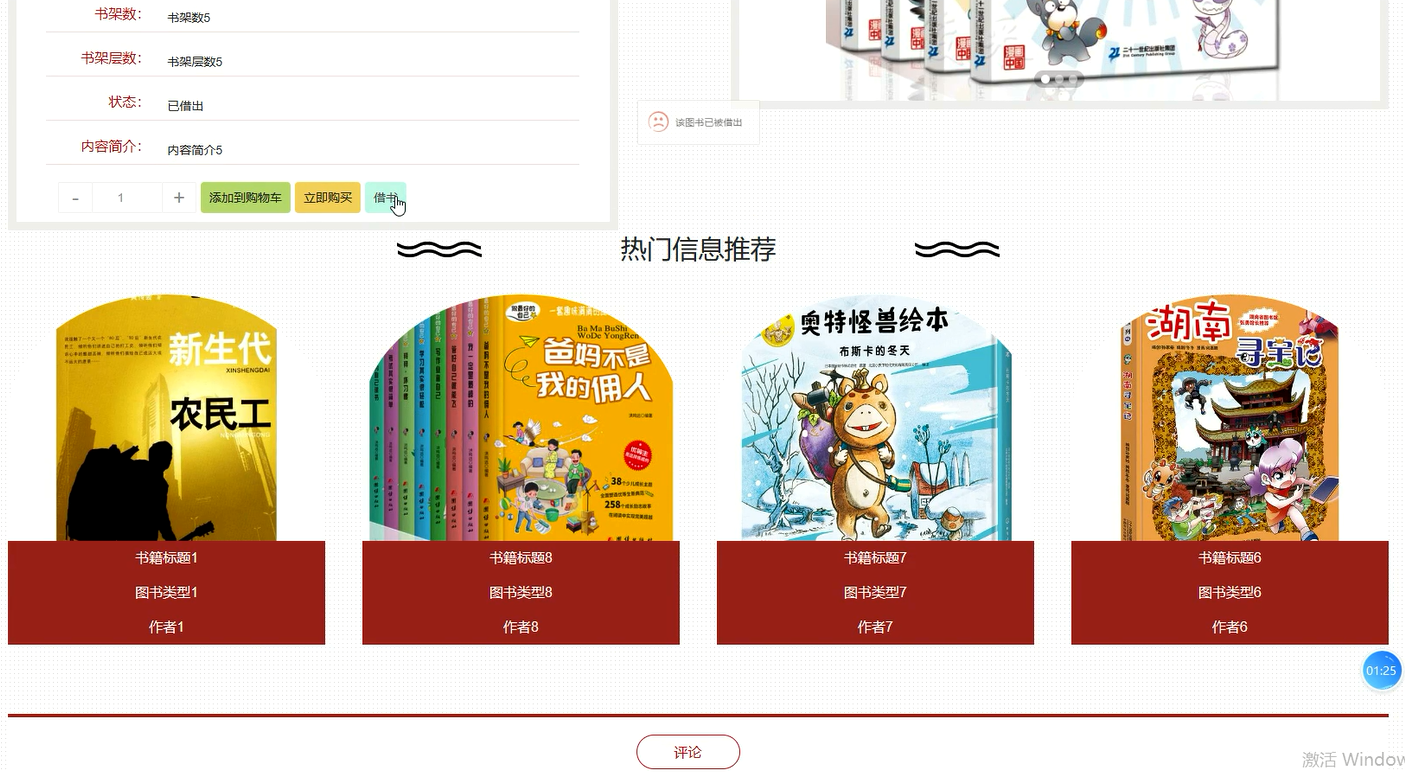Abstract
With the development of the world’s politics, economy, and culture, the international communication is becoming more and more common now. As we know, most international organizations use English as their working language, and most of the international trades are done in English, so English is becoming more and more important. However, the efficiency of learning and teaching English in middle schools is not satisfying. The author of this paper thinks that cultivating students’ autonomous reading ability is an efficient way to improve students’ English.
Autonomous reading is derived from self-access language learning, which means students read English according to the plans which they work out themselves. In the process of reading, they can use proper reading strategies to monitor their own reading and assess their reading. In the end, they can also check how they have carried out their plans and evaluate their own reading.
In the paper, the author first discusses the importance and advantages of autonomous reading. The factors which affect students’ autonomous reading are mentioned. For instance, learners’ attitude, motivation, reading strategy, study objective and reading materials are all listed. And then some solutions are presented. To establish students’ habit of autonomous reading, teachers should change their roles in class. The first thing to do is to arouse students’ interest in reading English. And it is also important to stimulate students’ motivation of reading. At the same time, the author thinks that we need to pay much attention to developing students’ reading strategies in order to help them carry on autonomous reading smoothly; try to encourage students to make full use of all the materials so as to broaden their knowledge.
Autonomous reading is an efficient way to improve students’ reading ability. It is not difficult for students to improve the ability of doing autonomous reading. As for teachers, they need to change their own role in teaching, to strengthen students’ motivation of reading and to protect students’ interest in reading and develop students’ reading strategies.
Key Words: autonomous reading students in senior high schools attitude
motivation strategy
摘 要
随着世界政治,经济,文化的发展,国际交流日益密切。英语比以往任何时候更显重要。然而,我国中学英语教育的效果却不能赶上时代的节拍,难以令人满意。本文作者认为,要提高学习者的英语能力,培养其自主阅读能力是一个有效途径。
自主阅读是由自主语言学习发展而来的,它是指学习者能管理自己的阅读行为,根据自己的情况制定阅读计划,选择阅读策略,监控阅读过程以达到逐步发展英语阅读能力的目的。
本文以自主阅读的重要性和优点为开端,接着从学习者的态度,动机,阅读策略,学习目标和阅读材料出发,说明了学生自主阅读中所存在的问题,进而提出了解决问题的办法。为了使学生形成自主阅读的习惯,教师应首先转换自己的角色,从领导者,指挥者转换为引导者,协助者。同时,教师要注重唤起学生的阅读兴趣,激发他们的阅读动机,培养学生掌握科学的学习策略和学习目标,充分利用各种渠道,拓宽自己的阅读材料范围。
自主阅读是提高学生英语阅读能力的一条有效途径。只要教师在教学过程中重视强化学生的阅读动机,提高学生的阅读兴趣,培养学生的阅读策略,学生是能够具备自主阅读的能力的。
关键词: 自主阅读 高中生 态度 动机 策略
Contents
Acknowledgements……………………………………………………..……….…ii
Abstract (English)………………………………………………..…………………iii
Abstract (Chinese)……………………………………………………..………….. v
Contents……………………………………………………………..………………vi
- Introduction…………………………………………………………………….…1
- Autonomous reading………………………………………………..….…….……2
2.1 The definition of autonomous reading…………………………………..….…2
2.2 Importance of English reading in EFLL ………………………………..……..3
2.3 Necessity of autonomous reading………………………………………………4
2.4 The advantages of autonomous reading……………………………………..…6
- The factors influencing development of autonomous reading. …………………….8
3.1 Learner’s attitude ……………………………………………….…………..….8
3.2 Motivation.……………………………………. ………………………….……9
3.3 Reading strategy………………………………………………………….……10
3.4 Study objective…………………………………………………………………12
3.5 Reading materials………………………………………………….…….…….12
- Solutions…………………..……………………………….…….. ……………….13
4.1 Fostering students’ positive attitude and motivation…………….…………..…13
4.2 Picking up reading strategy………………..……..……………………….……16
4.2.1 Autonomous reading activities……………………………..………..……16
4.2.2 Collaborative reading teaching strategy………………………………..…17
4.2.2.1 Pre-reading period………………………….……………….………18
4.2.2.2 Detail reading………………………………. ……………….………18
4.2.2.3 To get the general idea…………………………………………….…18
4.2.2.4 Consolidation period…………………………….……….………..…19
4.2.2.5 Summarize……………………………………….………….……..…19
4.2.3 Companion reading strategy……………………………………………….20
4.3 Helping students set goals and make reading plans……………………..….…20
4.4 Making full use of materials ……………………………………………..…22
4.4.1 Text book……………………………………………………………….…22
4.4.2 Authentic materials………………………………………………….….…23
4.4.3 Specially produced materials…………………………………….………..24
- Conclusion…………………………………………………………………..…..…25
References……………………………………………………………………………26





